Cloud and On-Premise Deployment: Data Management Solutions for Handheld RFID Users
In scenarios such as warehouse inventory, product traceability, and production tracking, handheld RFID devices have long become "capable assistants" - they are not limited by space like fixed devices, and can quickly collect label data of materials and products just by holding them in hand. The efficiency has been improved from the hour-level efficiency of "scanning one by one" in the past to the minute-level or even second-level efficiency of "batch recognition". However, with the improvement in efficiency, new problems have emerged: where should the massive RFID data collected be stored? How can it be managed to ensure security without leakage, while allowing for instant access and synchronization? This cannot be avoided when choosing between "local deployment" and "cloud deployment", and many enterprises have even begun to experiment with "hybrid deployment" solutions. Today, we will analyze these three modes to help handheld RFID users find the right answer for their data management needs.

1、 Local deployment: a solid choice to 'hold data in your own hands'
Local deployment, in simple terms, means storing RFID data on the enterprise's own servers or data centers - after the handheld device collects the data, it is directly synchronized to the local server room, and all data processing, storage, and calling are completed within the enterprise's internal network. The core advantages of this model lie in "controllability" and "stability".
For scenarios with high data sensitivity and poor network conditions, local deployment is almost essential. For example, in an automotive parts factory, handheld RFID is needed to track the batch and process information of each part during the production process. This data involves production process secrets, and once leaked, it may affect core competitiveness; Moreover, there are many large machinery in the workshop, and network signals are easily interfered with. If external networks are relied upon, data synchronization may be interrupted at any time. At this point, the local server is like a "reassurance pill", even if the network is disconnected, the device can cache data first, and then re transmit it after the network is restored, without affecting the production pace.
However, the shortcomings of local deployment are also obvious: high initial investment, the need to purchase servers, build data centers, and equip dedicated IT teams to maintain hardware and update systems; The scalability in the later stage is also limited. For example, if a company adds 10 handheld RFID devices, it needs to synchronously expand server storage and computing power, and also incur additional costs. So it is more suitable for users with sufficient budget, sensitive data, and fixed business scenarios such as large manufacturing enterprises and military units.
Unlike the "heavy investment" of local deployment, cloud deployment involves handing over data to third-party cloud service providers (such as Alibaba Cloud and AWS), and handheld devices directly upload data to cloud servers through 4G/5G or WiFi. Enterprises do not need to worry about hardware maintenance, only need to pay based on storage and access volume. This "lightweight" model has hit a pain point for many small and medium-sized enterprises.
The chain retail industry is a typical beneficiary of cloud deployment. For example, a convenience store brand with 20 stores needs to use handheld RFID to inventory snacks and beverages every day - if each store has a local server, the cost is simply unbearable; And with cloud deployment, after the store clerks use their devices to scan the goods, the data is uploaded to the cloud in real time, and the headquarters can see the inventory status of all stores in the background, without the need to summarize reports for each store. Moreover, the scalability of the cloud is extremely strong. Even if 5 new stores are added, simply configure cloud accounts for the new devices and directly connect them to the system without the need for additional hardware expansion.
However, cloud deployment also has its "weaknesses": it heavily relies on network and service provider security capabilities. Last year, there was a fresh food e-commerce warehouse where inventory data collected by handheld RFID devices could not be uploaded to the cloud due to a regional network failure. As a result, the sorting staff did not know which products were out of stock, and it took 2 hours to recover; In addition, if the security protection of cloud service providers is not in place, there is still a risk of data leakage - although mainstream cloud service providers now have encryption and backup mechanisms, they still have concerns about industries such as healthcare and finance that require "zero fault tolerance" for data security.
Since both local and cloud computing have their own advantages and disadvantages, is there a "fish and bear's paw" solution? The answer is hybrid deployment - core data is stored locally, non core data is stored in the cloud, or cached locally when disconnected, and synchronized to the cloud after networking, balancing security and flexibility.
The scenario of "mainline transportation+branch sorting" in the logistics industry is particularly suitable for mixed deployment. For example, in a certain express delivery company, when the courier scans the package label with a handheld RFID, if there is no network in remote areas (such as mountainous areas), the device will first cache the package information locally; After arriving at the nearest branch, it will be synchronized to the cloud through the branch's network, allowing the headquarters to view the real-time flow of packages across the entire network without worrying about data loss due to transportation interruptions. In addition, drug management in hospitals, patient medical records, and special drug data are core sensitive information stored on local servers; The inventory data of ordinary drugs can be stored in the cloud for real-time viewing by various departments, without the need to repeatedly check with the pharmacy.
The key to hybrid deployment lies in "data layering" - it is necessary to clarify which data must be "locked on premises" and which data can be "placed in the cloud". For example, the process parameters and customer privacy data of manufacturing enterprises are classified as the "core layer" and stored locally; And equipment inspection records and ordinary material inventory are classified as "non core layer" and stored in the cloud. This can not only control the investment cost of local servers, but also enjoy the flexible expansion of the cloud.
Should we choose local, cloud, or hybrid? Don't blindly follow the trend, just judge from four dimensions:
Data sensitivity: If the data involves commercial secrets or privacy (such as military data or patient information), priority should be given to local deployment; If it's just regular inventory and inspection records, the cloud is more cost-effective.
Network conditions: For scenarios with unstable networks such as workshops and remote warehouses, choose local or mixed; In scenarios with stable networks such as office buildings and chain stores, cloud computing is more worry free.
Enterprise size and budget: Small and medium-sized enterprises have limited budgets and weak IT teams, and prioritize cloud computing; Large enterprises with sufficient budgets and professional IT teams may consider local or hybrid solutions.
Scalability requirements: If a large number of handheld devices will be added in the future, and multiple stores/factories will be expanded, cloud or hybrid scalability will be more suitable; If the business scenario is fixed, the number of devices is small, and local deployment is sufficient.
With the increasing computing power of handheld RFID devices, the future data management will develop in the direction of "edge computing+cloud" - the device itself has certain data processing capabilities. For example, after collecting RFID data, first filter out invalid data locally (such as repeatedly scanned tags), and then upload the effective data to the cloud. This can reduce network transmission pressure and lower cloud storage costs; And combined with AI algorithms, it can also mine value from data, such as predicting product sales through RFID inventory data, replenishing in advance, and transforming data from "passive storage" to "active empowerment".
In short, there is no "best" deployment plan, only the "most suitable" one. Handheld RFID users do not need to focus on a single mode, but should combine their own business scenarios, data characteristics and budgets to make flexible choices - whether it is local "steadfastness", cloud "portability", or mixed "balance", as long as it can solve the pain points of data management, it is a good solution.
No comments

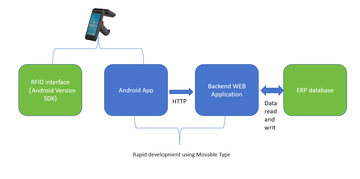
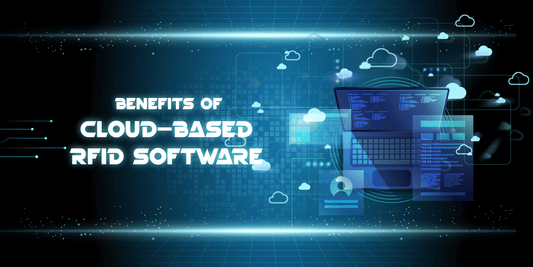
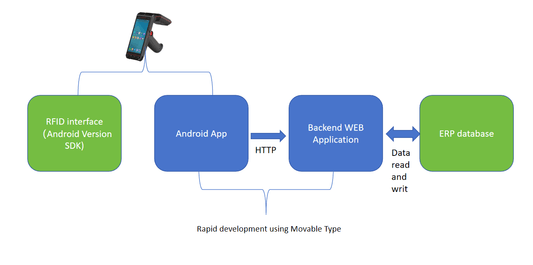
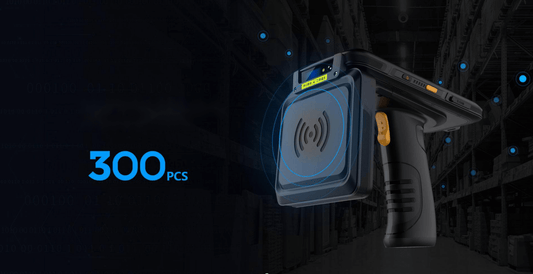


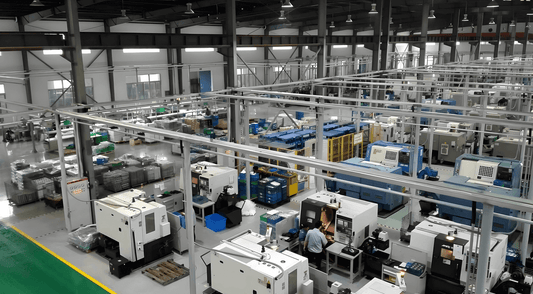
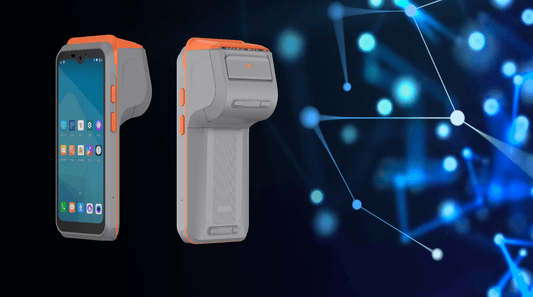
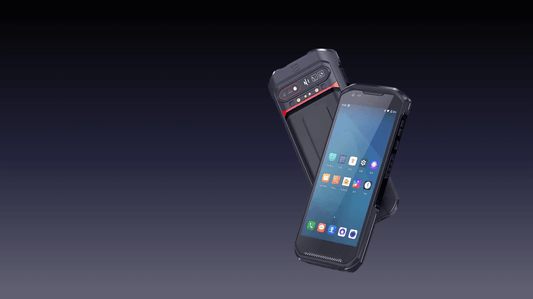
0 comments